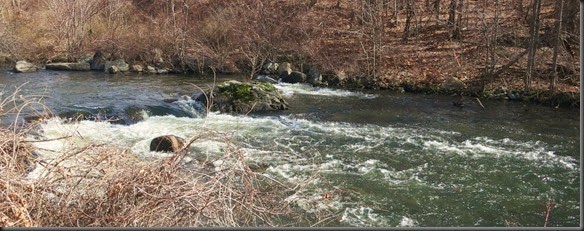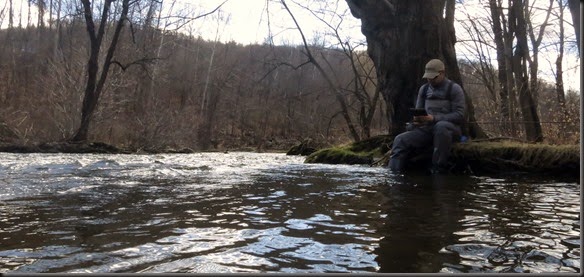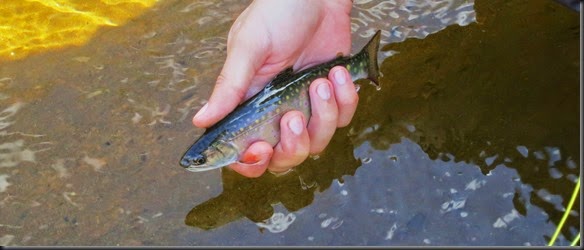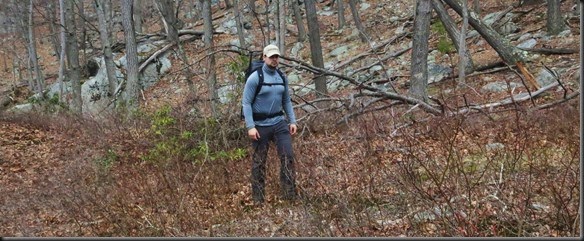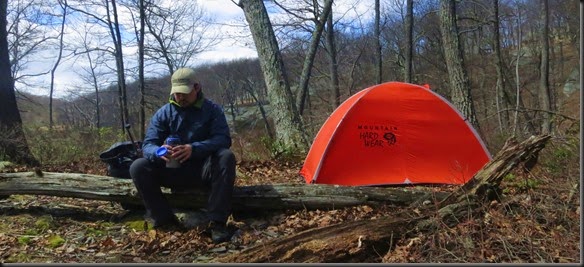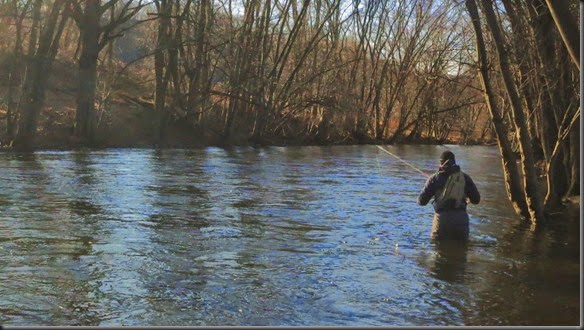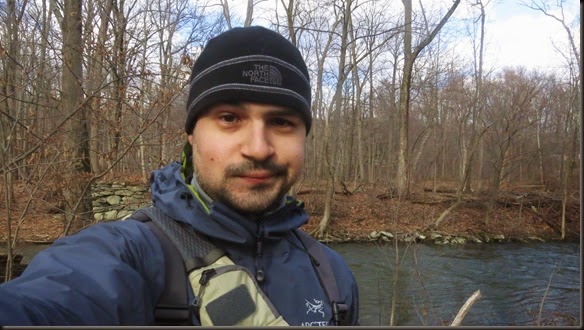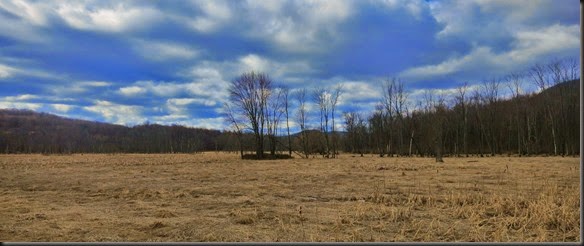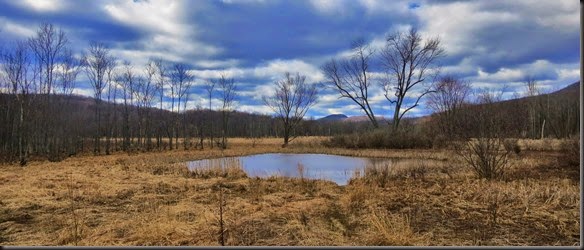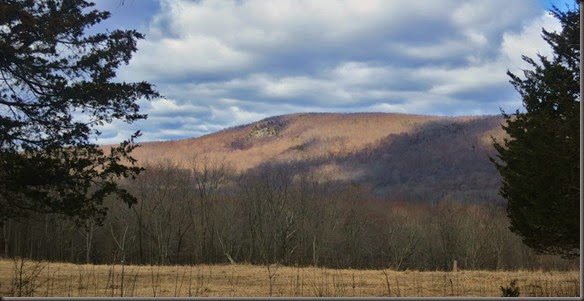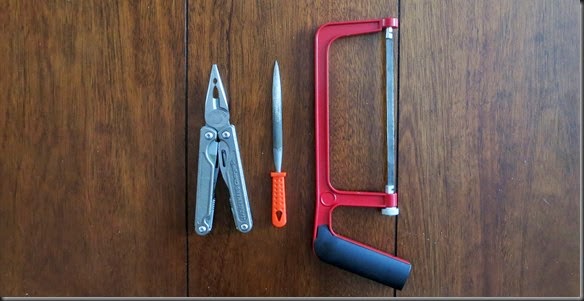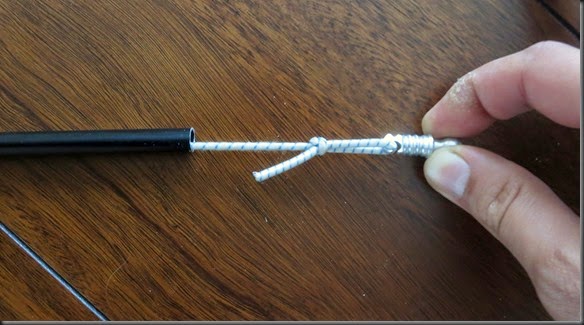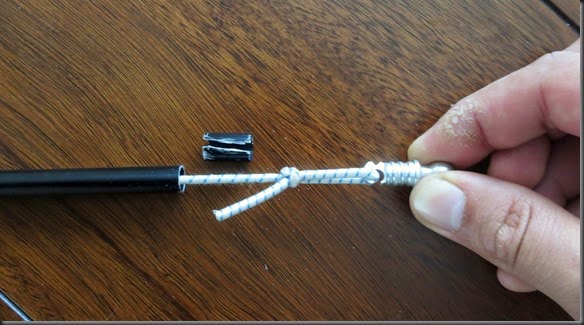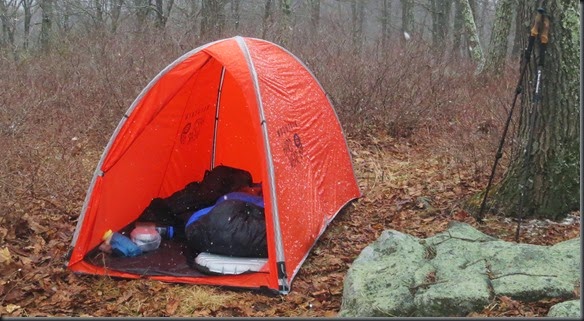It’s almost gospel on current TV survival shows, and you have heard it over an over again. It is a statement along the lines of “You need that protein”, “Your body needs that protein”, “You need to get that protein in your body”, etc. Every piece of food found or caught is for some reason evaluated not based on how many calories it provides, but how much protein it contains. In fact, it is repeated so often that people watching the shows have becomes preoccupied with protein consumption when in the woods. I see comments about it on forums all the time; people obsessing with how they are going to get protein in a survival situation, because after all… “You need to get that protein”.
But, how true is that?
Well, on one level, our bodies need all sorts of nutrients. So, on a very basic level, especially if we are talking about long term survival in particular, you will need protein. However, how applicable is that on a more specific level? Do you need protein in a survival situation, even in a long term survival situation? Can you live without protein other than that occurring in plant materials?
In my opinion, for what it’s worth, the “need” for protein is one of the most overhyped, misinformed, and unfounded assertions currently being made on TV survival shows.
I believe that protein is the last type of food you should be going for in a survival situation. Now, beggars can’t be choosers, so if you find yourself with any source of food, you take it. However, you do that because it is food, not because it is protein.
The human body can get energy by metabolizing fats, carbohydrates and proteins. Out of the three, proteins are really the last resort for energy production. Carbohydrates are usually used for short term energy storage and use, while fats comprise long term energy storage. Short bursts of energy generally rely on carbs, while long term, slower energy consumption relies on fats. While proteins can be used as a source of energy, they are primarily building blocks.
Let’s look at some more specific information. Each type of food source has a particular caloric content. They are as follows:
- Fat: 8.8 kcal/g
- Carbs: 4.0 kcal/g
- Proteins: 4.3 kcal/g
Right off the bat, we can see that fat has more than twice the number of calories per gram than protein. On their face value, carbs and proteins seem to have similar caloric values. So just based on this basic data, if you were going to go after some sort of food during a survival situation, your priority should be fat, not protein. Foods like acorns that are high in fats would be a good choice.
If we look more deeply into the topic, the problems with protein consumption become even more pronounced. The issue is that the above caloric data is tested in a lab by burning the materials. When the body attempts to extract that same energy from the food, the results change due to some types of food being more efficiently metabolized. For example, when food is metabolized, some of the energy is lost as heat. The process is called the thermic effect. Here is how much energy is lost as heat during metabolism for each type of food (J Am Col Nutr 2002 Feb; 21(1): 55-61):
- Fat: 2-3%
- Carbs: 6-8%
- Protein: 25-30%
So, while metabolizing fat can give caloric loss of 2-3% to the thermic effect, you lose almost a third of the energy from protein to the same thermic effect. Combining the above general caloric listing with this thermic effect listing, 10g of each food type will give us 85 kcal from fat, 37 kcal from carbs, and 30 kcal from protein. And, the thermic effect is just one source of energy loss. Certain type of protein matabolization, in particular when producing glycogen that can utilized by brain cells, you can get almost complete energy loss; meaning that metabolizing the protein can consume almost as much energy as the protein contains. Am J Clin Nutr Sept 2009 vol90 no3: 519-526
Energy counts aside, there is also a limit on how much protein the human body can safely consume and process. Generally, anything over 35% of the daily caloric intake being comprised of protein can be dangerous. Certainly, relying entirely on protein can be deadly. Int J Sport Nutr Exerc Metab 2006 Apr; 16(2): 129-152 The common name for the condition resulting from over consumption of protein is rabbit starvation.
Of course, we can not live without protein, especially in a long term survival situation. According to the USDA Dietary Reference Index, it is recommended that a person consume 0.36g of protein for each pound of body weight (0.8g for each kilogram of body weight). For a 155lb man, that would be 56g of protein per day (recommended). Clearly one can live without any protein for an extended period of time, much longer than one can live without food, but for long term survival, it wouldn’t be a good idea.
That being said, chasing after squirrels may not be necessary. Considering that daily protein requirements are so low and that protein is not a particularly good energy source for the body, worrying about protein may not be the best use of ones time. The reality is that most protein in a survival situation can be obtained from other food sources without actively looking for any protein. For example, as per the USDA SR27, burdock root contain 1.53% protein nutritional value, dandelions contain 2.7%, and acorns contain 6.15% protein nutritional value. Odds are that if you are managing to find enough calories to stay alive, you are getting enough protein in the process without even trying.
Bottom line is, out of all the things your body needs when in the woods, protein is very far down on the list. Your body needs calories, which are best obtained through fats and carbohydrates, each providing the most efficient use of energy under certain conditions. Then, in a long term survival situation, worry about vitamins and nutrients like Vitamin C, which is needed by the body to avoid well known ailments like scurvy. By the time you have managed to satisfy those requirements, you would have most likely already consumed all of the protein that your body actually needs. Unless you are doing body building in the woods, you should not be preoccupied with protein consumption. The fact that a worm has as much protein as an egg has very little impact on your survival.
For example, tests have been done where people have subsisted on a diet of only potatoes with no other sources of protein. After six months, there were no negative effects on the test subjects. Kon S. XXXV. The value of whole potato in human nutrition. Biochemical J. 1928; 22:258-260; Lopez de Romana G. Fasting and postprandial plasma free amino acids of infants and children consuming exclusively potato protein. J Nutr. 1981 Oct;111(10):1766-71 Similar results have been recorded for other plan based proteins like from cassava. Millward DJ. The nutritional value of plant-based diets in relation to human amino acid and protein requirements. Proc Nutr Soc. 1999 May;58(2):249-60
It has been pointed out that there are nine amino acids (essential amino acids) that the human body can not synthesize, so they must be obtained from our food sources. Meat provides all nine, while most plant foods provide only certain selection of these amino acids. That is true. It is usually not an issue because vegetarians and vegans eat different types of plants, which provides all the essential amino acids. In a survival situation however, you may not be able to do that, and end up lacking certain amino acids.
The question is, what impact does that have on the human body? The two studies above demonstrate that at least for a six month period a person should have no problem obtaining all of their protein form a single source. I have not found instances of any deaths that resulted from protein deficiency, and in particular from a deficiency from any specific amino acid. The topic of protein deficiency seem to exist, but I can’t find any medical data which would indicate at what point, if ever, a deficiency in the intake of any specific amino acid would have a negative effect on the human body. Typically, a person in such a situation, where death from malnutrition has occurred, the death came about from lack of calories, not lack of protein. Leiter LA, Marliss EB. Survival during fasting may depend on fat as well as protein stores. JAMA 1982;248:2306; Zimmerman MD, Appadurai K, Scott JG, Jellett LB, Garlick FH. Survival. Ann Intern Med. 1997 Sep 1;127(5):405-9
Now, this is of course all academic. In a survival situation, you eat what you can find. I love meat, and I certainly think there is value to consuming it. I’ve written other posts where I have explained my thoughts on the difficulty of surviving on plant foods alone when in the wilderness. The point that I am making is not that you shouldn’t eat meat when in the woods, but rather that protein is not a priority. If you are going to die due to lack of nutrients, lack of protein will likely be the last thing to cause a problem.
Now, I fully understand that I am trying to make a serious point about idiotic shows. Odds are that the narrator on each shows constantly talks about protein because one of the producers thinks it sounds cool. The reason why I am bothering at all is because of all of the comments I have seen with people being overly concerned about protein consumption as a result of this spectacle we see on TV. I suppose my main point is…stop listening to stuff you see on TV!

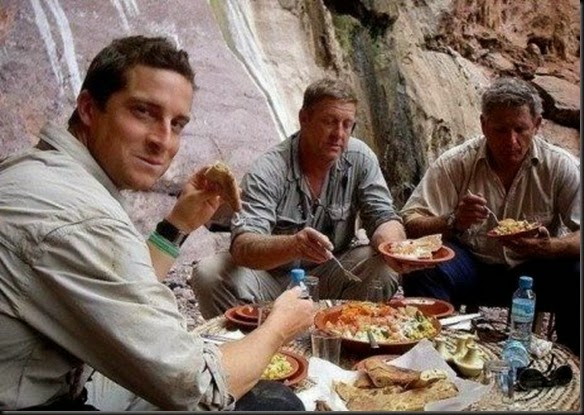
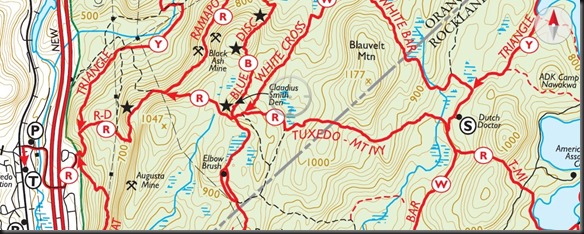
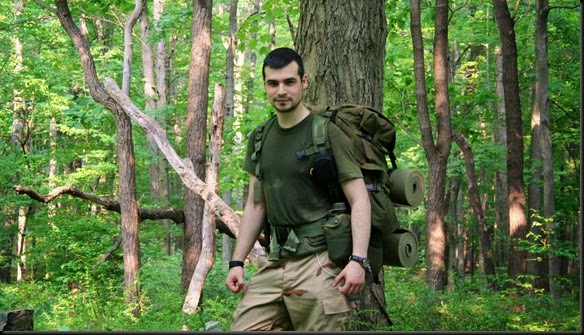
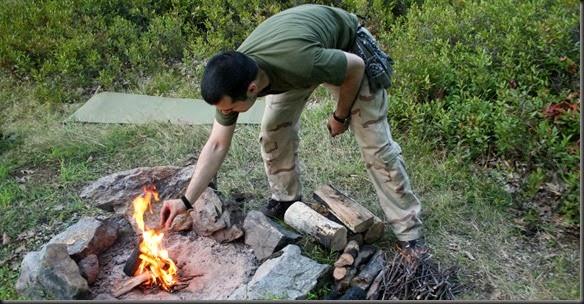
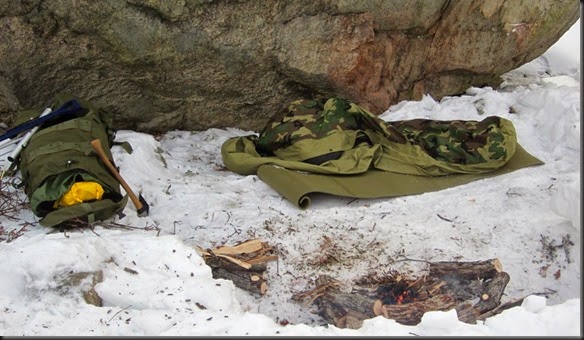
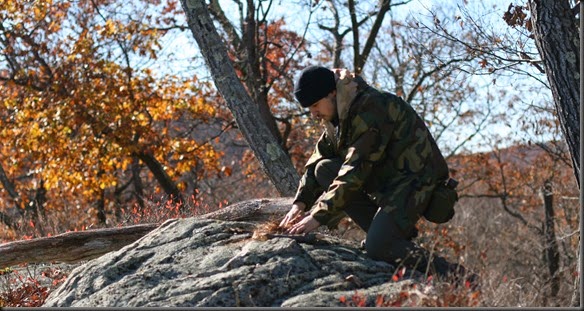
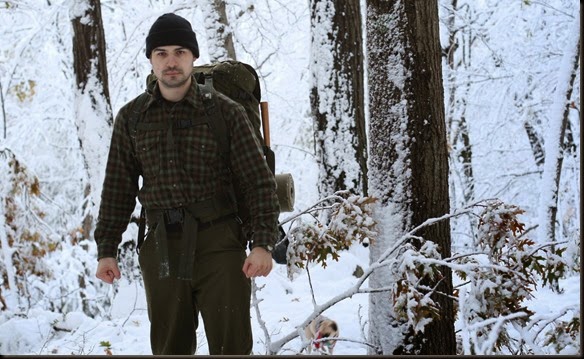
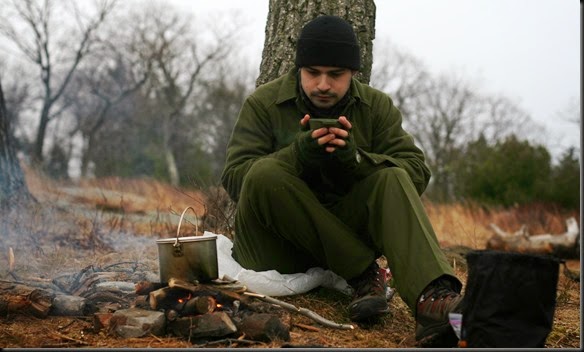
![IMG_8663[3] IMG_8663[3]](http://lh3.ggpht.com/-dODIMZAgUVU/VTACNLZ6dbI/AAAAAAAAPRg/ch4n05WdEbA/IMG_86633_thumb1.jpg?imgmax=800)
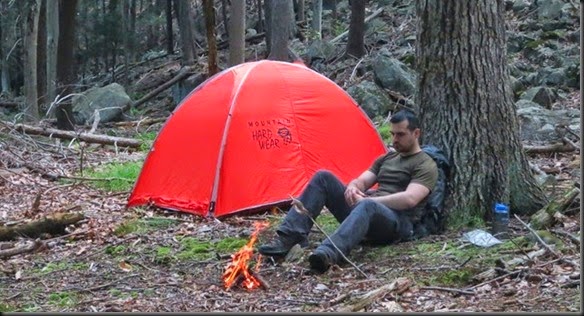
![IMG_2045[3] IMG_2045[3]](http://lh4.ggpht.com/-5t1VcOhnmw8/VTACP-6I6zI/AAAAAAAAPSA/jAqtxwJ8aFY/IMG_20453_thumb1.jpg?imgmax=800)
![Copy of IMG_0555[3] Copy of IMG_0555[3]](http://lh5.ggpht.com/-8lcnMNpm58k/VTACRJ0M9HI/AAAAAAAAPSQ/cOzxZfLc_Eo/CopyofIMG_05553_thumb1.jpg?imgmax=800)
![Copy of IMG_0380[3] Copy of IMG_0380[3]](http://lh3.ggpht.com/-qJnigDJrEZ8/VTACSa3d4GI/AAAAAAAAPSg/pYVcxv_rlVU/CopyofIMG_03803_thumb1.jpg?imgmax=800)
![IMG_1198 - Copy[5] IMG_1198 - Copy[5]](http://lh6.ggpht.com/-NLKy8PiVMd8/VTACToRr7PI/AAAAAAAAPSs/vEZ2GxwaA4M/IMG_1198Copy5_thumb1.jpg?imgmax=800)
